The uncertain origins and age of the tree
Tree ring studies indicate that the tree is at least 2,000 years old, but some scientists from the University of Crete believe it could be as old as 4,000 years. Nearby archaeological discoveries, such as cemeteries from the Geometric Period, hint at the possibility that the tree was already ancient when early Greek civilization began to flourish.

Because olive trees regenerate new shoots from old roots, their exact age is difficult to determine using traditional methods. Even so, whether it is 2,000 or 4,000 years old, the Vouves olive remains among the oldest living trees in the world—and one of the few that still yields fruit after millennia.
A symbol of continuity and cultural heritage
Declared a protected natural monument in 1997, the Olive Tree of Vouves holds deep cultural and symbolic value for Crete and Greece as a whole. The tree represents peace, longevity, and the deep bond between humans and the natural world. In 2004 and 2008, branches from the tree were used to weave wreaths for Olympic champions in Athens and Beijing, linking modern athletic triumphs to ancient Greek traditions.
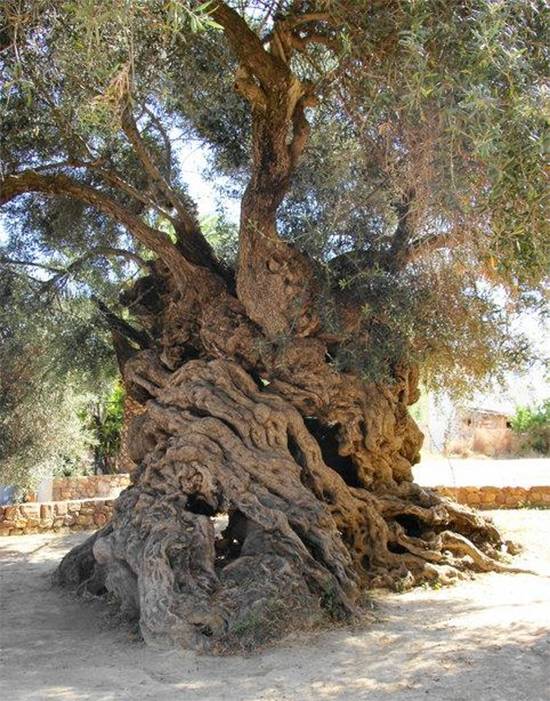
In 2009, the Olive Tree Museum of Vouves was established nearby in a restored 19th-century building. The museum displays traditional tools and explains the centuries-old process of olive cultivation, offering visitors a glimpse into Crete’s agricultural heritage. The museum and the tree together form an important center for cultural tourism, attracting scholars, photographers, and nature enthusiasts alike.
The tree’s enduring productivity
Despite its age, the Vouves olive continues to produce olives of remarkable quality. In 2012, local authorities and the company Terra Creta organized a ceremonial harvest, yielding about 55 kilograms of olives and producing 5 kilograms of extra virgin olive oil in a specially designed mill. This event demonstrated not only the vitality of the ancient tree but also its ongoing contribution to local tradition and economy.

The tree’s ability to survive and thrive for thousands of years is attributed to the island’s ideal Mediterranean climate and the natural resilience of the olive species. Its thick, gnarled trunk—twisting like a sculpture of living wood—has endured droughts, storms, and human history itself.
Science meets tradition: 3D modeling the ancient trunk
In recent years, scientists have applied cutting-edge technology to preserve the Vouves olive tree digitally. Using advanced laser scanners, such as the ILRIS 3D for external surfaces and the Minolta Vivid 910 for internal structures, researchers created a detailed three-dimensional model of the tree’s trunk with an accuracy of 0.5 centimeters. This digital preservation project ensures that the tree’s unique form will be studied and admired by future generations, even if nature one day takes its course.
A timeless natural wonder
Every summer, thousands of tourists visit the village of Ano Vouves to stand beneath the immense canopy of this living monument. Visitors often express awe at its grandeur, its immense trunk, and the astonishing fact that it continues to bear fruit after three millennia. The Vouves olive is more than a tree—it is a living link between the ancient and modern worlds, a symbol of endurance and harmony with nature that continues to inspire wonder.
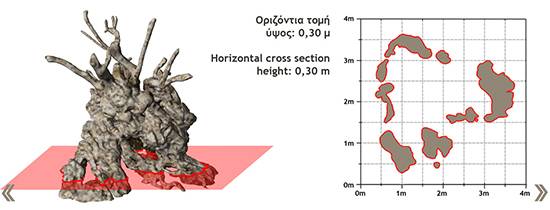
From the Minoan era to the digital age, this remarkable olive tree reminds humanity that true resilience is rooted in patience, balance, and deep connection to the earth.

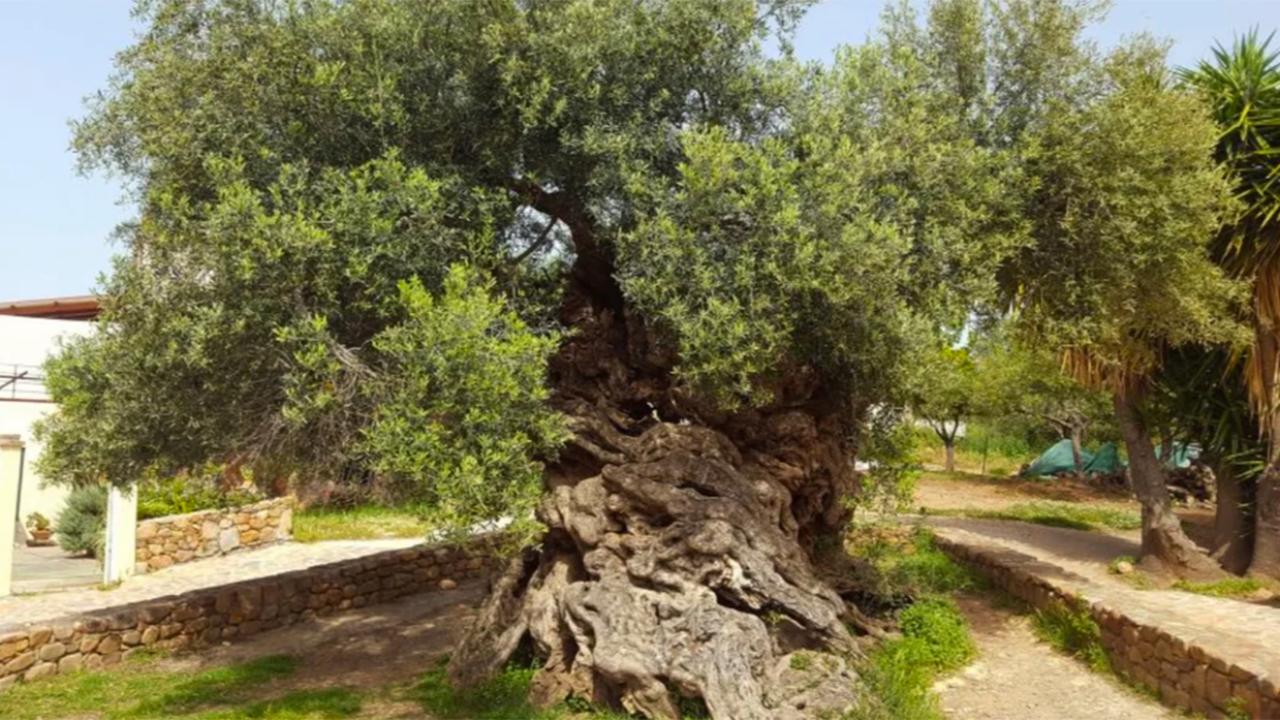






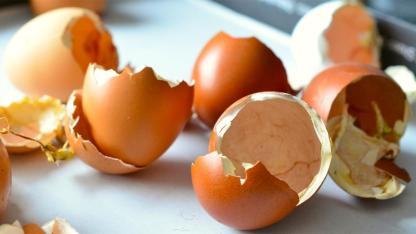



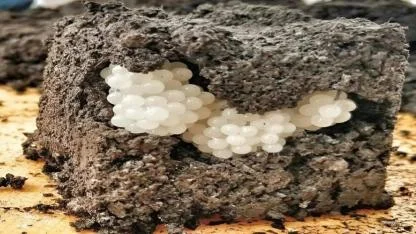

Yorumlar
Kalan Karakter: